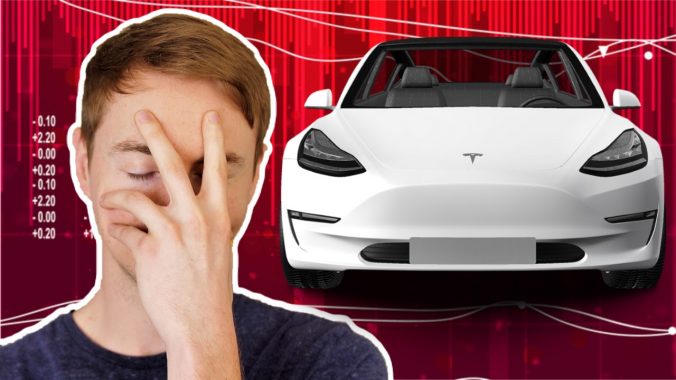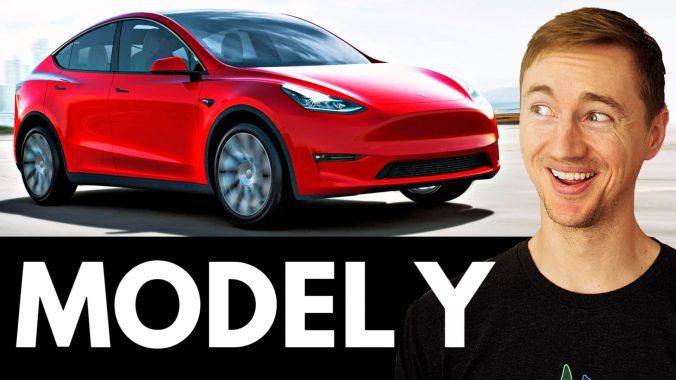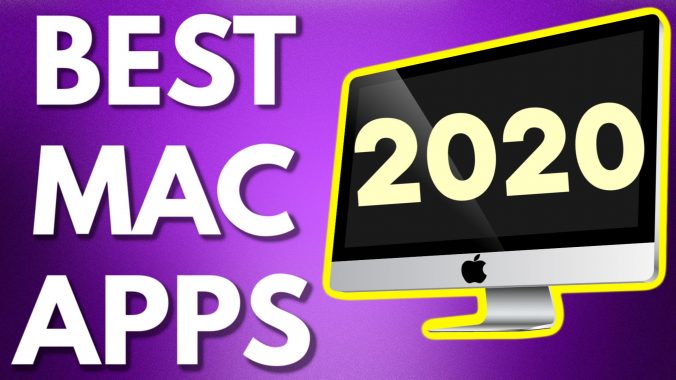Teslas are considered luxury vehicles and are relatively expensive, so right now is probably not a good time to buy one. Or is it? Some crazy things are happening in our economy right now. People are losing jobs, stock market’s crashing, so this is going to sound like first world problems, but it’s relevant to my channel and it begs the question: is it dumb to buy a Tesla during a pandemic or possible recession?
First of all, disclaimer: I’m not a financial expert. None of this is legal advice. Nobody knows if a recession will even happen. We could be back to normal in a few weeks or things could get worse. But in this video I want to talk about the pros and cons if you’re thinking about buying a Tesla during uncertain times like these.
First and foremost make sure you have the budget to afford a Tesla. There’s never a good time to buy a Tesla just for the sake of flexing on fools ok? To see if a car is within your budget you should follow these three rules: put down at least 20 percent, finance the car for no more than 4 years, and keep your total monthly car payment at or below 10 percent of your gross monthly income. For example: the Model Y I have on order is right around $60,000 so according to these rules I should put down at least $12,000 cash, and then get a loan for the other $48,000 which should be no longer than a 48 month loan which puts the monthly payment right around $1,000 per month. That means for me to afford this particular Model Y my monthly income should be at least $10,000. So it’s super important to make sure your monthly budget allows for the car payment, and if an emergency happens where you lose your income for a while you want to make sure your emergency fund can cover your car payment. Do those calculations for yourself and if you can’t make it work, try to find a cheaper vehicle that fits your budget if you absolutely need one right now.
Buying a new car means you’re buying a depreciating asset. We all know that as soon as you drive a new car off the lot, it decreases in value by thousands of dollars which is why a new car is usually frowned upon when it comes to personal finance. However, Teslas do seem to keep their value pretty well. According to a study by automotive research firm iSeeCars, the average one-year-old used car costs 20 percent less than its new version. However, some models have as little as a 5 percent difference and after analyzing over 6 million cars it identified the Tesla Model 3 as the best car to buy new. According to Kelly Blue Book, the Model X has the best electric vehicle resale value for 2020 with a predicted resale value of 44% after 5 years of ownership. Last year, Elon tweeted that when Tesla’s ride sharing network comes online all Tesla vehicles with the Full Self Driving option will actually become appreciating assets that increase in value. That’s obviously extremely far fetched, but if and when that does happen it will allow a Tesla to potentially make money for the owner which is a feature that does differentiate Teslas from other cars and is a factor to consider when deciding to buy a car.
But you don’t always need to get a new Tesla. The good news is right now with the Model Y coming out there are many people selling their Model 3’s which are only 2 years old at the most so you may be able to save some money by finding a used Model 3 if that fits your lifestyle. Don’t plan on buying mine though because like I’ve said before, the Model 3 is the best car I’ve ever driven and I plan to keep it for at least 10 years. The Model Y I have on order is mostly for my wife.
If you are adamant on buying a car during a pandemic or potential recession, I highly recommend you plan to keep the car for as long as possible. The good news is that Tesla is probably the most forward thinking car company right now. They build their cars with the long term future in mind by giving their cars all the hardware capabilities that they think it needs to be able to fully drive itself when the software and regulations reach that point, which is something that no other car company is doing on the level that Tesla is.
If you decide you want a new Tesla during these times it’s possible that auto loan interest rates will be super low right now. However the rates can change at anytime and will depend on your own personal situation so it’s best to shop around and get multiple quotes from different sources to find the best rate for you if you plan to finance. I guess a potential downside of buying a Tesla is that sometimes during hard financial times for car companies you can negotiate a good deal with a dealership that’s trying to sell off their inventory. With Tesla, they don’t have dealerships which I actually love, but that means you won’t be negotiating the price with Tesla. They prefer to set prices and allow you to purchase it anytime online. I personally think that is still way better than having to go to a dealership to buy.
Also, as with any electric vehicle, buying a Tesla means you’ll never buy gas again, and Tesla likes to show you the potential gas savings when you go to purchase one of their cars online. During the first year and a half of driving my Model 3 I saved nearly $3,000 in fuel alone. Also no more oil changes which is another added savings over the lifetime of the car. Plus during a crazy time like this, not having to go to gas stations is actually really nice. Even though gas prices are super cheap right now, the price can change any minute. You don’t want to be affected by how careless and evil that industry is, trust me. And if you’re practicing social distancing, driving an electric vehicle like a Tesla is so much better because it charges at home overnight while you sleep. No stopping at gas stations so no risking yourself or others or having to touch a gas pump that is most likely loaded with germs. Sounds petty but it’s true.
Also during this unique situation, food delivery services like Uber Eats and Post Mates have surged so you could make some money while helping people out, and with a Tesla you could do it without having to pay for gas and while being way less harmful to the environment. Plus whenever Tesla’s robo-taxi network becomes a reality in the future if something like this happens again you could send your Tesla out by itself with no human inside while you practice self distancing at home and watch more of my YouTube videos hopefully.
Teslas are also some of the safest cars in the world which should in theory help reduce your car insurance bill especially now that Tesla is starting to offer insurance directly to their owners at seemingly good prices. Right now, anything that gives you a chance to lower your bills is pretty crucial.
I guess a potential downside to buying a Tesla is that they are the youngest car manufacturer out of all the major car companies so they may have a tougher time ramping up production through all this. However, it turns out that this might actually help them take a breather from trying to frantically deliver cars and instead fix bottlenecks and optimize their workflow at their factory, something they probably couldn’t have focused on if they were at 100% full speed production ramp. I think their biggest struggle will be making sure their service centers and mobile technicians are prepared for the increase in Tesla ownership throughout the country with the deliveries of the Model Y. Service is definitely something to consider when purchasing a car for the long term. I’ve owned a Model 3 for two years and so far the service has been minimal but we’ll see how it continues. I also believe that this pandemic will lead to people wanting to live a more “green” and healthy lifestyle, and when people do that it may lead to more people getting interested in Teslas and going solar which will in turn help Tesla succeed in the long run.
So is it dumb to buy a Tesla right now? Well, if you absolutely need a car, if you can afford it even if you lose your job temporarily, and if you plan to keep it for a long time then no it’s absolutely not dumb in my opinion. In fact if all of those things apply to you it’s probably smart to buy a Tesla given everything we talked about.
I’m still planning to go through with my Model Y purchase as of now. I’m patiently waiting for Tesla to notify me of my delivery date. Stay tuned and subscribe so you don’t miss my upcoming videos. I hope you’re doing well through all this. Stay safe and best of luck with your decision. Let me know what you’re planning to do in the comments below. Thank you for watching. My name is Andy, and I’ll talk to you in the next one.




